Overview of Sodium Hydrosulfide: Key Knowledge Insights
Sodium hydrosulfide (NaHS) is an inorganic compound also known as Sodium Hydrosulfide or sodium bisulfide. Its chemical formula is NaHS, and it appears as a white to colorless powder with a hydrogen sulfide odor, typically in cubic crystal form. Industrial products are usually in solution, appearing orange or yellow. Sodium hydrosulfide is highly soluble in water and alcohol, and it possesses strong reducing properties, allowing it to react with many substances.
Sodium hydrosulfide has a wide range of applications in various fields. In the dye industry, it is used as an agent for synthesizing organic intermediates and for preparing sulfur dyes. In the leather industry, sodium hydrosulfide is employed in the dehairing of raw hides and in the tanning process. Additionally, in the fertilizer industry, it is used to remove monomer sulfur from activated carbon desulfurizers. Sodium hydrosulfide is also extensively used in copper ore flotation and in the production of artificial fibers for sulfite dyeing, among other applications.
It is important to note that sodium hydrosulfide is a highly toxic substance that can irritate the eyes, skin, and respiratory tract. Appropriate protective equipment, such as chemical safety goggles, gloves, and protective clothing, should be worn during use, and good ventilation should be ensured in the workplace. In case of accidental contact with sodium hydrosulfide or any emergency situation, immediate appropriate measures should be taken, and medical attention should be sought promptly.
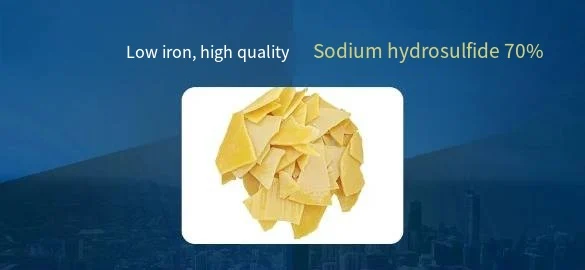
Precautions for Using Sodium Hydrosulfide (NaHS)
1. Wear Protective Equipment: When handling sodium hydrosulfide, personal protective equipment such as chemical safety goggles, gloves, and protective clothing should be worn to prevent skin and eye contact with the substance.
2. Ensure Ventilation: Sodium hydrosulfide can release toxic hydrogen sulfide gas; therefore, good ventilation conditions should be ensured during use. When used in laboratories or other enclosed spaces, gas should be promptly removed to avoid accumulation that could lead to danger.
3. Avoid Contact with Other Substances: Sodium hydrosulfide is a strong reducing agent and can react with many substances. Thus, when using sodium hydrosulfide, it is important to avoid contact with acids, oxidizers, and flammable materials to prevent hazardous chemical reactions.
4. Prevent Spills and Dust Generation: Care should be taken to avoid spills and dust generation when handling sodium hydrosulfide. In the event of a spill, it should be immediately rinsed with plenty of water, and the spilled material should be promptly addressed. Additionally, avoid moisture absorption that could generate dust, which may pose inhalation or contact hazards.
5. Avoid Inhalation and Ingestion: The hydrogen sulfide gas released from sodium hydrosulfide is irritating and toxic. Inhaling excessive amounts of this gas may harm the respiratory system and overall health. Therefore, when using sodium hydrosulfide, it is crucial to avoid inhaling the generated gas and to refrain from swallowing the solution.
6. Waste Disposal: After using sodium hydrosulfide, it should be disposed of properly. It can be neutralized to a neutral solution before safe disposal. Additionally, containers for waste liquids should be handled appropriately to prevent pollution and harm.
Causes of Clumping in Sodium Hydrosulfide and How to Avoid It
The clumping of sodium hydrosulfide is primarily due to its hygroscopic nature. When sodium hydrosulfide is exposed to humid air, it absorbs moisture from the atmosphere, leading to the formation of clumps. To prevent the clumping of sodium hydrosulfide, the following measures can be taken:
Storage in a Dry Environment: Store sodium hydrosulfide in a dry, well-ventilated area to avoid exposure to humid air. Ensuring that the relative humidity of the storage environment is low helps reduce the hygroscopic nature of sodium hydrosulfide.
Sealed Packaging: Place sodium hydrosulfide in sealed containers to ensure it does not come into contact with moisture in the air. Choose appropriate sealing materials, such as glass bottles or plastic containers, and ensure that the lids are tightly closed.
Avoid Temperature Fluctuations: Try to avoid exposing sodium hydrosulfide to environments with significant temperature changes. Temperature fluctuations can cause moisture in sodium hydrosulfide to condense, leading to clumping. Therefore, maintain a stable temperature in the storage environment.
Regular Inspection: Regularly check the condition of sodium hydrosulfide. If clumping is observed, take timely measures. You can gently tap the container or use appropriate tools to break up the clumps and restore it to a powder form.
How to distinguish the quality of solid sodium hydrosulfide
Appearance
High-quality solid sodium hydrosulfide typically appears as white or slightly pale yellow crystals, with a clean surface and no obvious impurities or uneven particles. If the product is dark in color, contains impurities, or has uneven particles, it may indicate lower quality.
Purity
Purity is a key factor in assessing the quality of solid sodium hydrosulfide. High-quality products should have high purity and low impurity content. The purity can be determined through chemical analysis methods, such as gravimetric analysis or titration.
Solubility
Solid sodium hydrosulfide should have good solubility. When dissolved in an appropriate amount of water, it should dissolve quickly and form a clear solution. If the dissolution is slow or the solution is cloudy, it may indicate poor quality.
Stability
High-quality solid sodium hydrosulfide should have good stability and should not easily absorb moisture and clump. It should maintain its original physical and chemical properties during storage and transportation.
Supplier Reputation
Choosing a reputable supplier is also an important step in ensuring the quality of solid sodium hydrosulfide. You can assess the supplier's reputation by checking their qualifications, performance, and user reviews.
- Random Content
- Hot content
- Hot review content
- Sulphuric Acid 98% Industrial Grade
- အလုပ် ခေါင်းစဉ် : ပြောင်းသာလဲသာ ရှိ သော ဖောက်သည် နှင့် ထောက်ပံ့ ပေး သူ ဆက်ဆံရေး ကျွမ်းကျင် သူMyanmar
- Powdery emulsion explosive
- Phthalic anhydride
- Maleic Anhydride - MA
- Lithium chloride, 99.0%,99.5%
- Cupric Chloride 98%
- 1Discounted Sodium Cyanide (CAS: 143-33-9) for Mining - High Quality & Competitive Pricing
- 2China's New Regulations on Sodium Cyanide Exports and Guidance for International Buyers
- 3Sodium Cyanide 98% CAS 143-33-9 gold dressing agent Essential for Mining and Chemical Industries
- 4International Cyanide(Sodium cyanide) Management Code - Gold Mine Acceptance Standards
- 5China factory Sulfuric Acid 98%
- 6Anhydrous Oxalic acid 99.6% Industrial Grade
- 7Oxalic acid for mining 99.6%
- 1Sodium Cyanide 98% CAS 143-33-9 gold dressing agent Essential for Mining and Chemical Industries
- 2High Quality 99% Purity of Cyanuric chloride ISO 9001:2005 REACH Verified Producer
- 3Zinc chloride ZnCl2 for High Molecular Weight Polymers Initiator
- 4High Purity · Stable Performance · Higher Recovery — sodium cyanide for modern gold leaching
- 5High Quality Sodium Ferrocyanide / Sodium Hexacyanoferr
- 6Gold Ore Dressing Agent Safe Gold Extracting Agent Replace Sodium Cyanide
- 7Sodium Cyanide 98%+ CAS 143-33-9



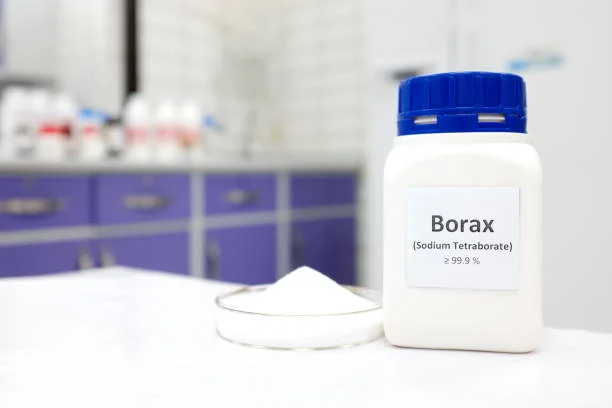
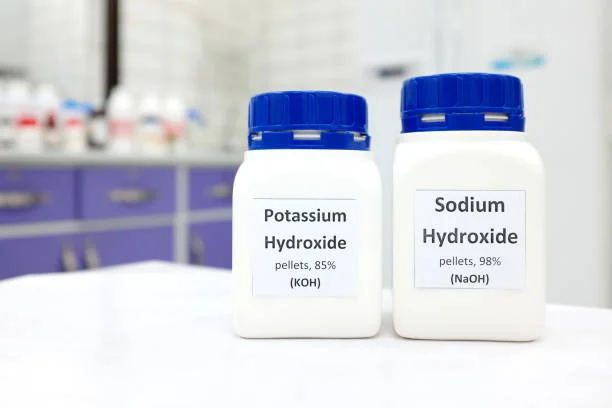
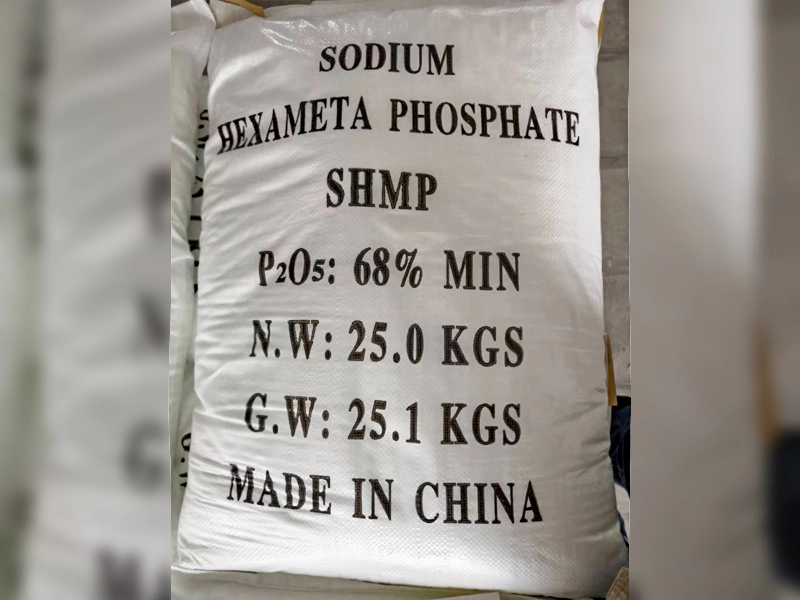


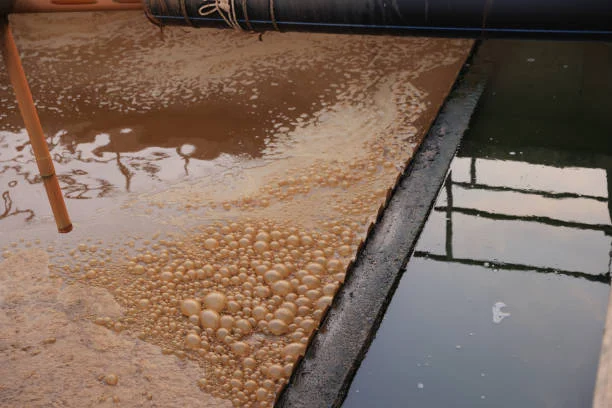


Online message consultation
Add comment: